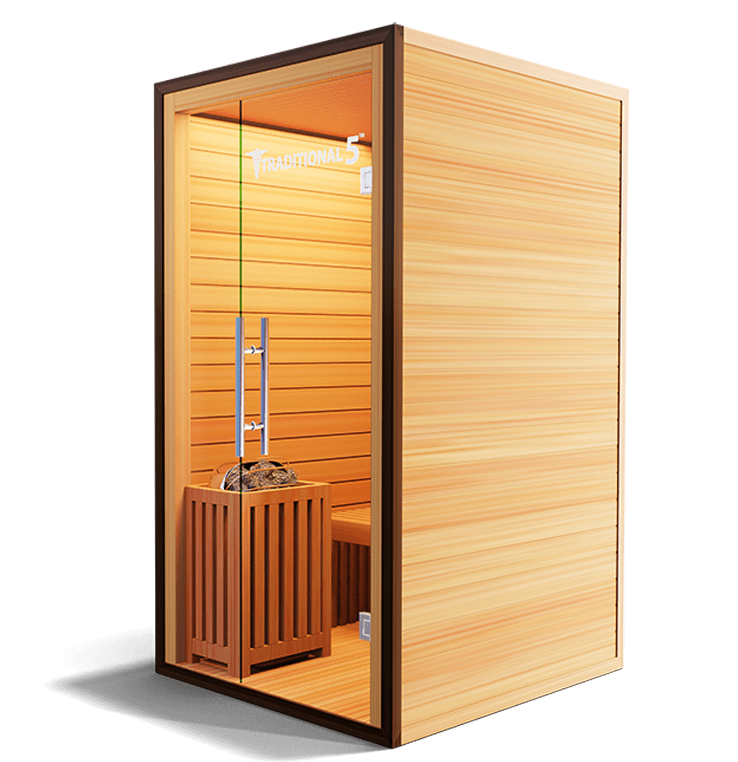Getting The Traditional Sauna To Work
Getting The Traditional Sauna To Work
Blog Article
Not known Incorrect Statements About Traditional Sauna
Table of ContentsAn Unbiased View of Traditional SaunaRumored Buzz on Traditional SaunaThe smart Trick of Traditional Sauna That Nobody is Talking AboutThe Greatest Guide To Traditional Sauna
A lot of the weight lost in a sauna is water loss and is re-gained upon rehydrating. Without a doubt sauna can be an important part of a healthy and balanced weight loss program. To consider the distinctions in between conventional and IR saunas, I will separate these right into proven, academic, and produced differences.Thus, the best factor in the saunawhich goes to the ceiling directly above the sauna heateris typically between 185 and 190 F. Traditional Sauna. Claims that a standard sauna goes beyond 200 F is simply not real and not relevant for electrical saunas offered in the United States. The temperature level for a far-infrared sauna is typically set between 120 and 140 F; however, unlike the conventional sauna, the goal in and IR room is not to achieve a heat
As a result of this, the temperature distinction is almost irrelevant, considering that extreme sweating results in both sauna kinds, however the approach of warming the body is different. In an IR sauna the bather will really feel hot and will sweat a lot, but at a lot lower temperature levels. Therefore, if the goal is to invest longer periods of time in the sauna, the IR sauna is an excellent choice.

Little Known Facts About Traditional Sauna.
When the high temperature is achieved, the aspects cycle on and off to maintain the high temperature. The majority of conventional sauna customers appreciate pouring water over the rocks to create steam to raise sauna humidity levels. The benefits of putting water over the rocks include: making the room much more comfortable, dampening the nasal flows, and permitting the usage of aromatherapy by blending important oils with the water.
In a far-infrared sauna, the warm front permeate the body to properly warm the body and elevate the body core temperature level. To attain this raised temperature level, Far-infrared emitters develop infrared power which is close to the exact same wavelength as that which the body normally emitsoften referred to as the "Crucial Array" of 7 to 14 microns), so the energy is well obtained by the body.
When the energy enters the body, it causes the body temperature level to raise and ultimately results in sweating. In an infrared sauna it is essential for the emitters/heaters to remain on virtually continuously. Since there is no mass of rocks to maintain heat, the sauna will cool if the emitters closed off.
As mentioned over, the sauna bather in an infrared area wishes to position himself in front of operating see page emitters to obtain optimal benefit from the heat. The heating time for the two areas can be extremely different, depending upon exactly how the rooms are used. For a conventional sauna, a bather ought to enable 30-40 minutes for the area to achieve a preferred temperature and to correctly pre-heat the rocks.
The Main Principles Of Traditional Sauna
A well constructed sauna will normally achieve a temperature of 150-160 F in concerning 30-40 minutes (Traditional Sauna). For hotter temperature levels, the area may need to warmth for a longer period. When the area accomplishes set temperature, the heating system will cycle on and off, normally operating about 50% of the moment. The shielded walls and the heated rocks will certainly maintain the area hot and at steady temperature levels.
To some, 15 mins was "lost" while the infrared power warmed the wood panels instead of warming a body, while others find a pre-heated room to be more comfy and think a raised starting temperature level is essential to start perspiring. The size of advised usage for each and every area is approximately the same (10-15 minutes per session); however, due to the lower air temperatures and the ability to really feel the results of infrared warmth much faster than a traditional sauna, it is not uncommon for an individual to invest a total amount of 20-30 mins in an infrared sauna.
Typical saunas often tend to be bigger (for this reason utilize even more electricity) than infrared saunas, although traditional saunas are certainly available in one and two person dimensions too. For a two-person traditional sauna, 5x6 or 5x7 size is most popular. The leading bench can pleasantly seat two or three individuals and is likewise enough time to rest during the sauna session.


The ordinary expense per kWH of electrical power in the united state is around $0.11, so a 4.5 kW heater will certainly cost around $.50 to run for one hour, if check my blog the heating unit runs continually for one hour. Usually a sauna heater will certainly compete 75% of the first hour and 50% of succeeding hours on since the aspects cycle once the established temperature level is achieved.
Everything about Traditional Sauna
A two person far-infrared space is usually physically smaller sized than a standard sauna, usually about 4' x 4' or smaller sized. The IR heating system is normally 1.5-1.7 kW making use of a 120 volt 15 amp plug-in service. Considering that the room can be used faster than a sauna space, we will certainly think the area is made use of for to of an hour including warm up time.
There is a rarely gone over distinction in the social experience in between the her response two areas. While our society has lost some of the social benefit of the conventional sauna experience, it can be extremely socially fulfilling. From family time in the sauna, to heart-felt conversations with significant others, to sauna partiesthe typical sauna experience can result in intimate mingling.
Most greater end infrared spaces include tinted light treatment, sound systems and full-glass fronts.
Report this page